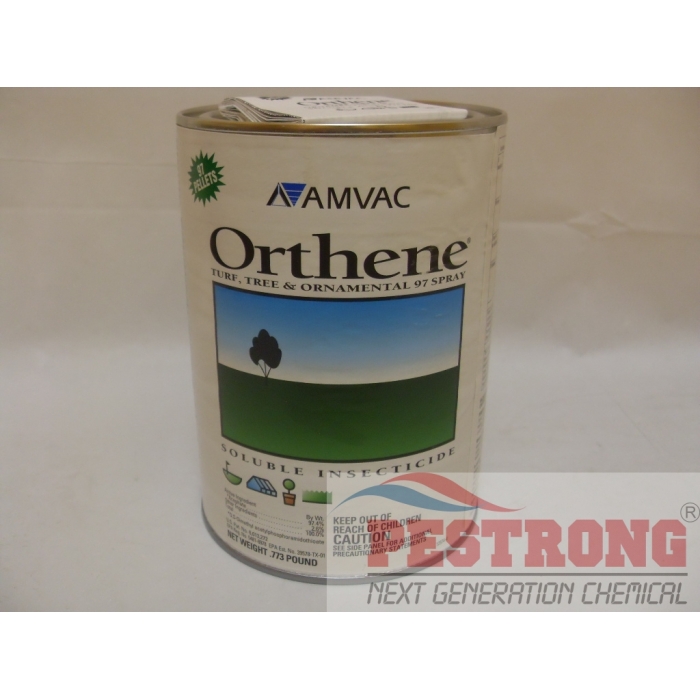THE FOLLOWING PARAGRAPH IS WRONG....my calculations were for 7 gallon bucket...STAY WITH 3.3 GRAMS PER GALLON: After some research...I upped the amount to 23 grams per gallon. The 3.3 gram rate I initially used was the lowest amount of active ingredient I thought was effective to kill Root Aphids (via contact), but after much research and testing--I found 100% success at 23 grams per gallon. That is right, 100% success.
Acephate is a systemic and is effective for 28 days (one moon cycle)--so if you are going to repeat, maybe 14 days or so would be a good interval--not weekly. That said, if I were in flower--I would only treat the plant if you have evidence of RAs...one of the easiest ways to see, is water the plant (assuming you are soil) and in about 3-5 minutes, examine the soil surface. I have treated plants in flower (do not treat if you are less than 5 weeks from harvest) and have obtained excellent results--like now you see em....now you don't.
Orthene dunks--I do a few while in veg (babies & teens too), one more on flip day, and around day 21 in flower--I flush and top dress--if I see lil critters, then the plants get the only Orthene treatment in flower. The dunks in veg and flip day are preventive measures to insure NO ROOT APHIDS, any dunks in flower is to catch the ones that slipped by, if any. My strains require 65-80 flower and my rationale is: on harvest day there probably is no detectable amounts of Orthene on any of my flowers.
Imid is something that I once used...but no mas. The half-life of this particular poison is extremely long...hundreds of days--while the half-life of Acephate is 0-5 DAYS. Since Imid results are less than stellar--or hit and miss for many, I see no benefit of putting this poison and all its residual components on my flowers.
BTW...long dunks is the key--not short ones!
Acephate is a systemic and is effective for 28 days (one moon cycle)--so if you are going to repeat, maybe 14 days or so would be a good interval--not weekly. That said, if I were in flower--I would only treat the plant if you have evidence of RAs...one of the easiest ways to see, is water the plant (assuming you are soil) and in about 3-5 minutes, examine the soil surface. I have treated plants in flower (do not treat if you are less than 5 weeks from harvest) and have obtained excellent results--like now you see em....now you don't.
Orthene dunks--I do a few while in veg (babies & teens too), one more on flip day, and around day 21 in flower--I flush and top dress--if I see lil critters, then the plants get the only Orthene treatment in flower. The dunks in veg and flip day are preventive measures to insure NO ROOT APHIDS, any dunks in flower is to catch the ones that slipped by, if any. My strains require 65-80 flower and my rationale is: on harvest day there probably is no detectable amounts of Orthene on any of my flowers.
Imid is something that I once used...but no mas. The half-life of this particular poison is extremely long...hundreds of days--while the half-life of Acephate is 0-5 DAYS. Since Imid results are less than stellar--or hit and miss for many, I see no benefit of putting this poison and all its residual components on my flowers.
BTW...long dunks is the key--not short ones!




